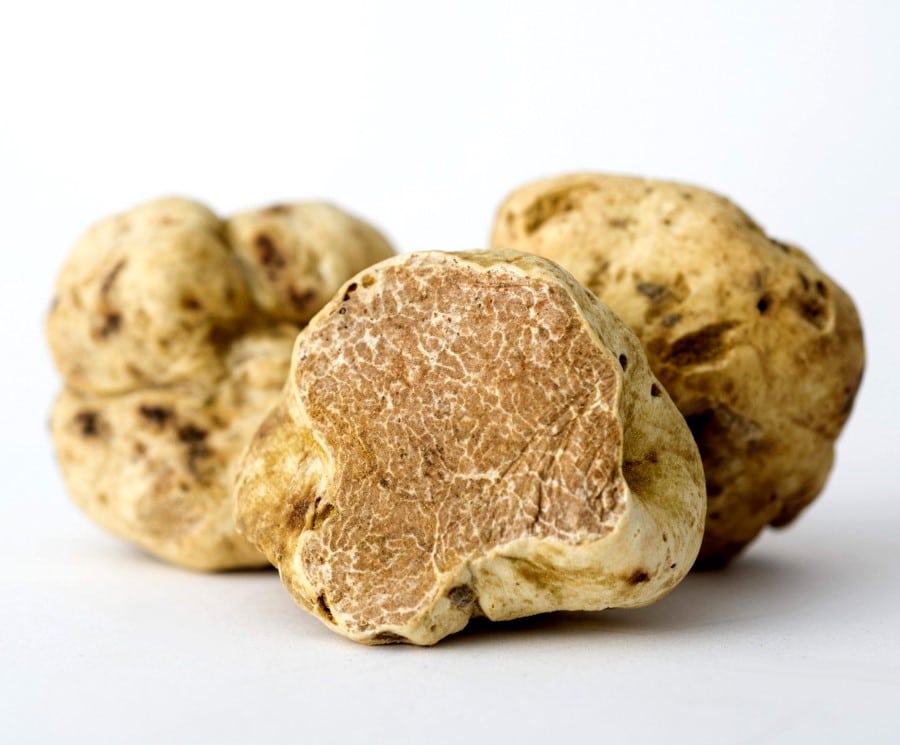|
The mystery of the missing truffle is finally solved. Inrae and Robin Nurseries announced on Tuesday, February 16, the human-controlled production of Italian white truffles. Until then, all attempts at cultivation had failed.

This is an unprecedented advance in the field of truffle growing. For the first time, the very rare and very expensive white truffle from Italy has been produced outside of its original geographical era. At the end of a collaboration of several years, the National Institute for Research, Agriculture, Food and the Environment (Inrae) and the Robin nurseries, announced on Tuesday February 16 that they had finally solved the mystery of the "missing truffle". Until now, the technique made it possible to produce, in a controlled manner, two main varieties: the black truffle and the Burgundy truffle. But the white truffle remained harvested in the wild, in its area of origin, Italy and central Europe, all attempts to cultivate it in plantations having so far failed.
A long process
This world first, we owe it to the Robin nurseries, located in the Alpes-de-Haute-Provence, which have been working since 1999 with INRAe on a process of "mycorrhization" of the white truffle. Clearly, the truffle is a fungus that needs a tree to grow, the two living in symbiosis.
Truffle growing is therefore based on the technique of controlled mycorrhization: the symbiotic association between the truffle fungus and the root of the tree. If the technique is not new, it did not yet apply to the rare truffle. The first plants born from this technique were bred in greenhouses on an experimental basis in the mid-2000s. Today, the first truffle orchards are emerging. Six to seven years go by between planting and harvesting the truffle, which takes place between the beginning of October and the end of January.
Economic prospects
For Philippe Mauguin, Chairman and CEO of Inrae, beyond the impact of scientific prowess, this progress also creates a "social and economic impact". “There are potentially 50,000 direct or indirect jobs linked to this production”. "It also goes in the direction of agroecology", he specifies, truffle growing does not use pesticides. Popular with restaurateurs and individuals, the white truffle could represent an important outlet for the 10,000 to 15,000 French truffle growers. It sells for between 1,500 and 5,000 € per kilo, while the black truffle sells for between 500 and 1,000 € per kilo.
Only a few truffle growers have an orchard to date. "We have already marketed nearly 2,500 plants for this year alone," says Bruno Robin, president of Robin nurseries, adding that he already exports abroad. The price of a white truffle mycorrhizal plant starts around 80 to 90 €.
Production affected by global warming?
"We can hope to produce white truffles elsewhere than in France," says Claude Murat, an engineer at Inrae, who conducted the research at the Robin nurseries. Plantings have already taken place in the United Kingdom. However, it is important to choose a good growing environment for the truffle to flourish, at the foot of an oak tree, soil, or even a hornbeam. The precious commodity withstands maximum temperatures of 20 to 25 degrees Celsius. What will be the consequences of global warming? "We have no proof that climate change has an impact," says Claude Murat. But summer drought or heavy rains can hinder the growth of the fungus. The white truffle also acclimatizes less easily to high temperatures.
|